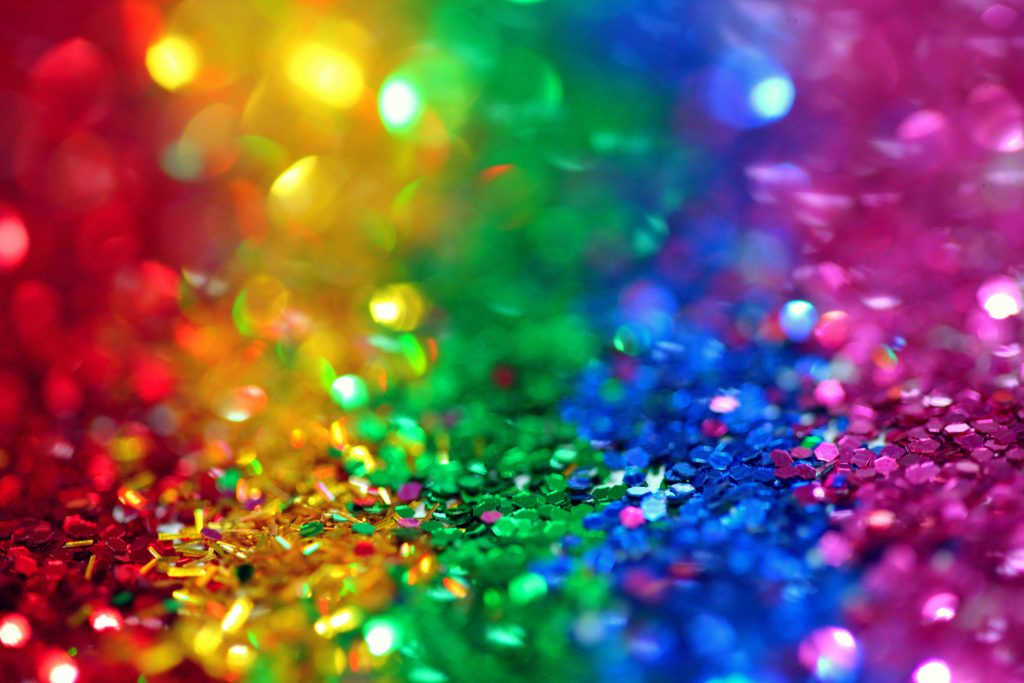The term LGBTQIA+ is used to refer to individuals who do not identify as heterosexual or cisgender. Heterosexuality is a sexual orientation characterised by attraction to individuals of the opposite sex. Cisgender refers to people who identify with the gender that they were assigned at birth.
Each letter on LGBTQIA+ refers to a different gender or sexual identity. As an ally, it is crucial that you understand these different identities and also how they are all distinct from one another. Explore them below:
L: Lesbian
Lesbians are women who are attracted to other women. Some lesbians do prefer being called “gay,” since “gay” can be an umbrella term for anyone attracted to the same sex. Lesbian is one of the oldest terms in the acronym LGBTQIA+, meaning this term predates the 20th century.
G: Gay
Gay can be used as an umbrella term to refer to anyone who is attracted to a person of the same gender. Most frequently, though, “gay” refers to men who are attracted to other men. The gay community first embraced this term in the late 1960s.
B: Bisexual
Bisexual people are attracted to both men and women. Bisexual people were one of the earliest additions to the acronym we use today. Bisexual individuals are often subjected to microaggressions that refer to their identity as a phase or which invalidates their experiences
T: Transgender
The term “transgender” was first coined in the 1960s, and refers to anyone whose gender identity does not match the gender they were assigned at birth. This can include transwomen (women who were assigned male at birth) and transmen (men who were assigned female at birth).
Q: Queer/Questioning
For many people the letter “Q” refers to “Queer”. They prefer IT because it feels all-encompassing because queer isn’t about your gender or sexual identity, it’s about both. “Q” can also refer to “questioning” – this means someone who is still exploring their gender or sexual identity.
I: Intersex
Intersex individuals are born with both male and female chromosomes and/or sex characteristics. Intersex individuals are not trans. Not all intersex people identify with LGBTQIA+.
A: Asexual
Asexual refers to individuals who have a lack of attraction to people, however, there is a broad spectrum of asexual sub-categories and diverse experiences under this identity.
+: Plus
Last, there’s a plus sign at the end of the LGBTQIA+ acronym, meaning anyone who is not listed in the acronym but still identifies as part of the community. This includes:
- Non-binary
- Pansexual
- Genderfluid
- Agender
- and more


